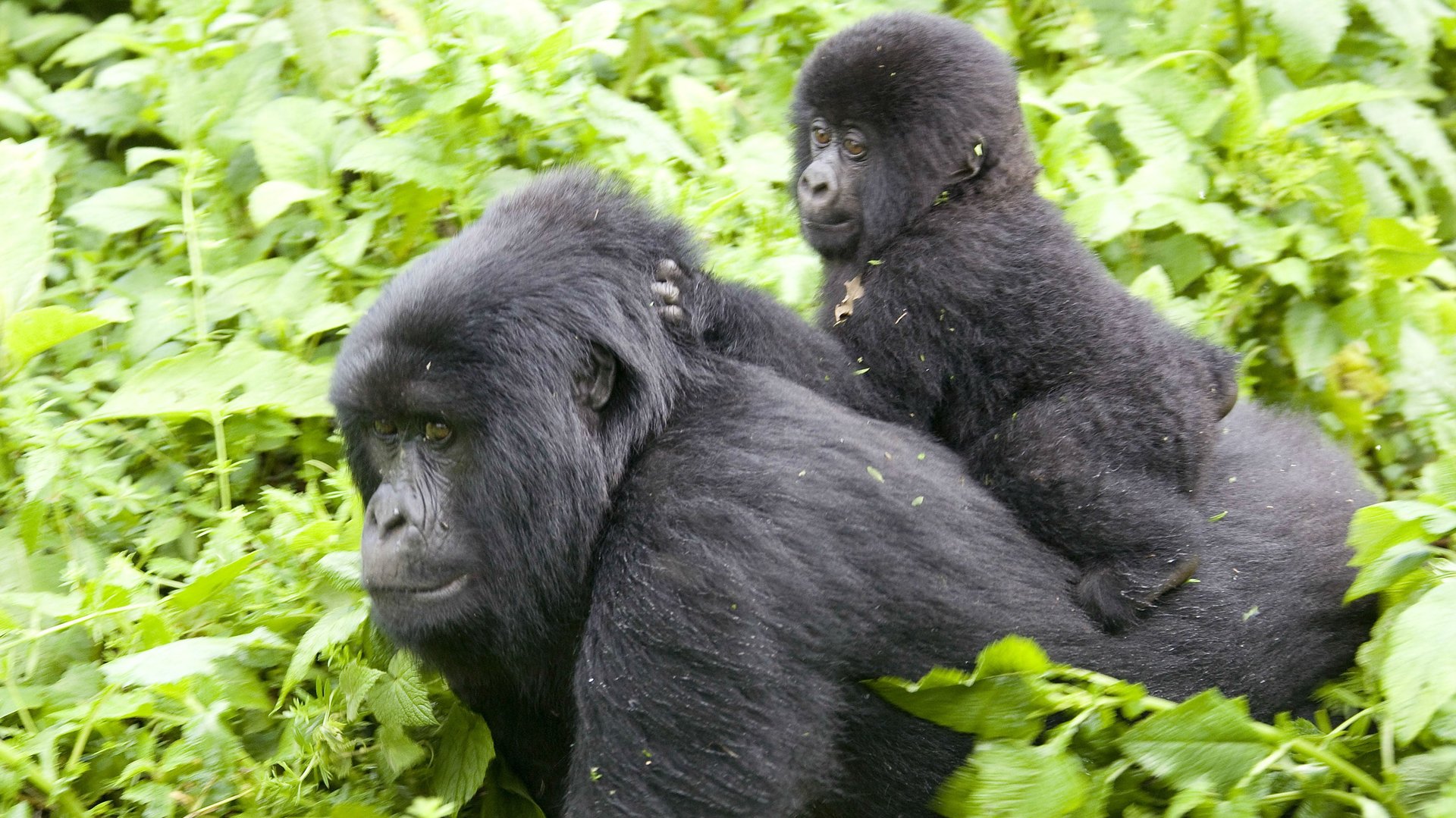The world’s largest living primate is now one step away from extinction
Humans haven’t been the best neighbors to the animal kingdom. So many species have died off in recent years as a result of human activity that many scientists believe we’ve entered a sixth mass extinction.


Humans haven’t been the best neighbors to the animal kingdom. So many species have died off in recent years as a result of human activity that many scientists believe we’ve entered a sixth mass extinction.
And now the eastern gorilla, the world’s largest primate, may be next to disappear from Earth forever, according to the International Union for Conservation of Nature (IUCN). The group announced at a conference in Honolulu, Hawaii this weekend that this particular species of gorilla, which includes the mountain and Grauer’s gorilla subspecies, is now classified as critically endangered—one level away from being extinct.
The eastern gorilla lives in Uganda, Rwanda, and the Democratic Republic of Congo. Adults can grow up to 440 pounds (about 200 kg) and up to five-and-a-half feet tall. They join three other species of great apes already classified as critically endangered: the western gorilla, the Bornean orangutan, and the Sumatran orangutan. Only two ape species, chimpanzees and bonobos, are less threatened, although they are still listed as endangered.
“Previously estimated to number around 16,900 individuals, recent surveys show that Grauer’s Gorilla numbers have dropped to only 3,800 individuals—a 77% reduction in just one generation,” the IUCN states. Mountain gorillas have actually recovered some of their population in recent years, but the total number of them in the wild is estimated to be about 880.
The IUCN speculates that the main culprit behind the dwindling population of eastern gorillas is illegal hunting. John Robinson, a primatologist at the Wildlife Conservation Society, told the Guardian that he believes that refugees displaced by the Rwandan civil war who relied on gorilla meat may have also played a part in threatening the species.
“We are by far the most successful of the great apes and have pushed our cousins right up against the wall,” Robinson said. “Apes’ habitat preferences make it difficult for them to live in a human-dominated world.”